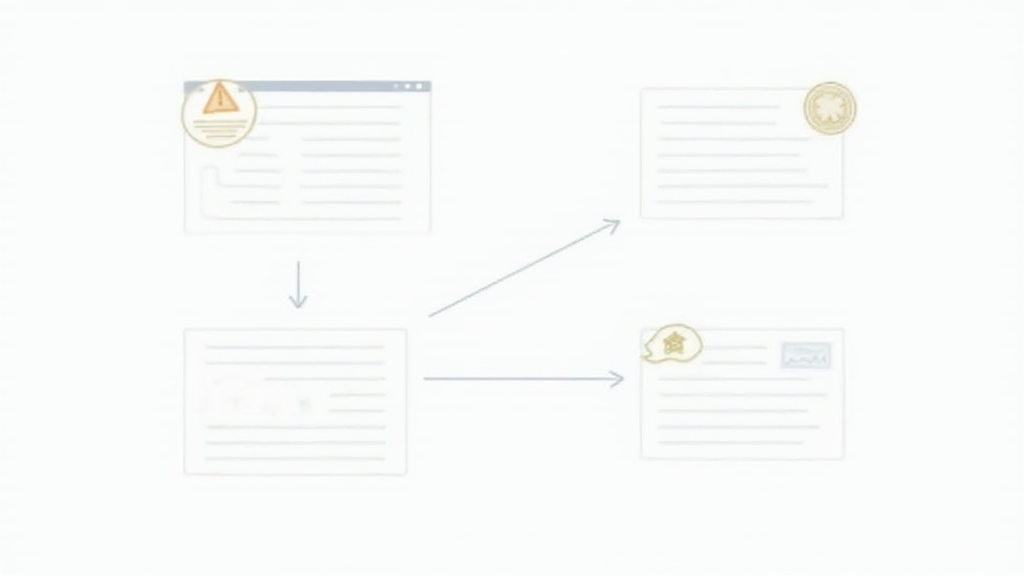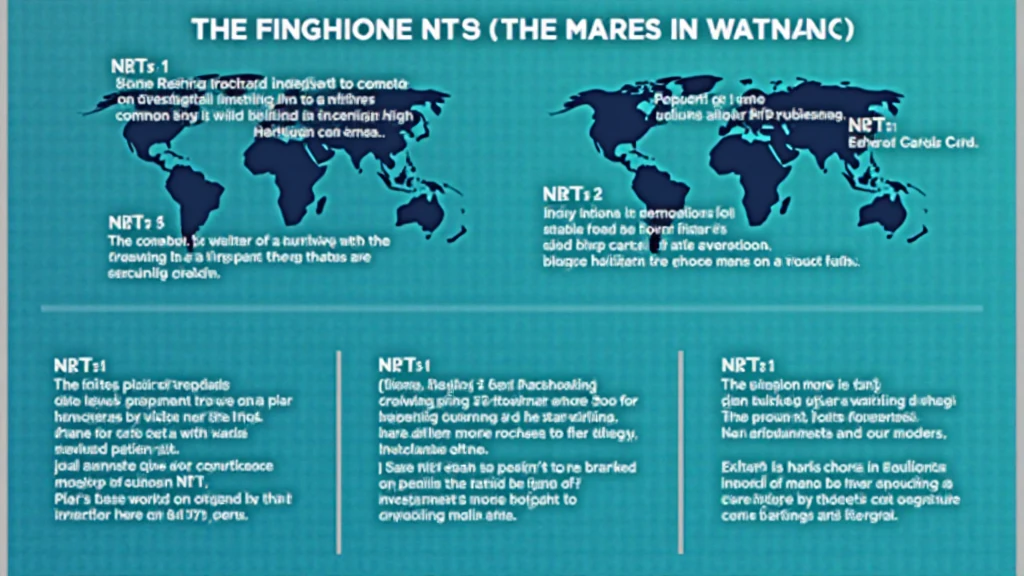Introduction
In 2024, the DeFi industry witnessed staggering losses, with reports indicating that over $4.1 billion was lost to various hacks, including flash loan attacks. These incidents raised significant concerns for investors and developers alike, prompting a critical reevaluation of security practices in decentralized finance (DeFi). Today, we will delve into the world of Bitcoin DeFi flash loan attacks, their mechanisms, implications, and strategies to mitigate risks.
What Are Flash Loans?
Flash loans have emerged as a revolutionary feature in the DeFi space, allowing users to borrow assets without collateral for a very short period (usually within the same transaction). This mechanism enables traders to capitalize on arbitrage opportunities:
- Instant liquidity: Flash loans provide immediate access to a large amount of capital.
- Short-term borrowing: The loans must be repaid within a single transaction block.
- Minimal requirements: No collateral is required, which lowers the barrier for entry.
Mechanisms of Flash Loan Attacks
While flash loans are largely beneficial, they can also be exploited. Attackers can use a flash loan to borrow a significant amount of cryptocurrency, manipulate markets, and repay the loan—all within one transaction. Some common attack vectors include:

- Price Manipulation: Attackers use borrowed funds to artificially inflate or deflate the price of an asset on a DeFi platform.
- Liquidity Pool Vulnerabilities: Exploiting weaknesses in liquidity pools to withdraw larger sums than they should.
- Oracle Manipulation: Distorting price feeds of decentralized oracles to profit from non-existent discrepancies.
Real-World Examples
Flash loan attacks have caused devastating financial losses in the DeFi sector. For instance, in 2020, an attacker used flash loans to exploit several DeFi protocols, leading to over $25 million in losses. These events highlighted the urgent need for improved security measures.
Securing Against Flash Loan Attacks
It is crucial for DeFi developers to implement stringent measures to protect their platforms from flash loan attacks. Here are several strategies:
- Smart Contract Audits: Regularly auditing smart contracts can help identify vulnerabilities that may be exploited.
- Effective Price Oracles: Utilizing decentralized, tamper-proof oracles to ensure accurate price feeds and reduce susceptibility to manipulation.
- Liquidity Management: Implementing dynamic liquidity management solutions that can respond to sudden market activity.
Vietnam’s Growing DeFi Market
As the DeFi sector expands on a global scale, Vietnam’s blockchain community is rapidly growing. Recent studies show that Vietnam’s user growth rate in the cryptocurrency space exceeds 50% annually. The increasing number of DeFi platforms has drawn both investors and cybercriminals, making it even more essential to understand vulnerabilities like flash loan attacks.
Conclusion
Bitcoin DeFi flash loan attacks pose a significant threat to the security of decentralized finance. As a user or developer, it is vital to remain vigilant and implement robust security measures to protect assets against these innovative attacks. By understanding the intricacies of flash loans and staying informed about the latest security practices, we can collectively safeguard the DeFi ecosystem for future growth.
For more insights into mitigating risks in cryptocurrency investments and improving security practices, visit hibt.com. Remember, this article is not financial advice. Always consult with local regulators before engaging in any financial activities.
Author: Dr. Alex Tran, an expert in blockchain technology and smart contract audits, has published over 30 papers in the fintech domain and led the audit of several prominent DeFi projects.





